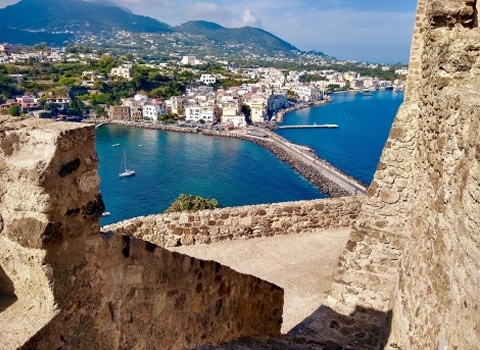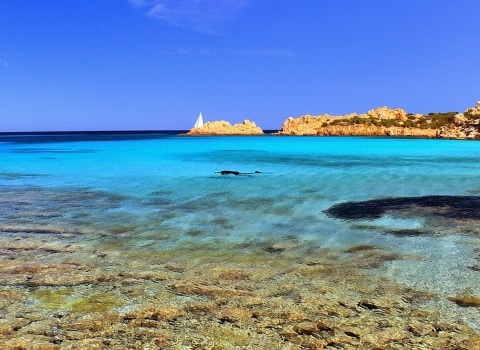Go behind the scenes of Italian cinema at Cinecittà
Rome carries its ruins proudly—Colosseum, Pantheon, the usual names that echo across guidebooks. But just outside the city’s ancient core, another world waits. Quieter maybe, but alive in its own way. For those drawn to stories, to the flicker of old reels and soundstage dust, it makes sense to visit Cinecittà in Rome at least once.
The place isn’t glossy. It’s layered. Studios where Fellini wandered, sets where deserts and palaces and Roman epics came to life, all still standing—some of them weathered, others eerily still. You walk through it not like a museum, but like stepping into a memory that doesn’t belong to you.
Actors, directors, extras… they’ve all passed through here. Some left behind props. Others, whole atmospheres. There’s something about the silence between stages that feels loaded—like scenes waiting to happen.
And if the city’s pull extends beyond the lens, there’s more to see. For those curious to go deeper, to walk different paths through Rome, consider exploring with one of our Rome tour guides. Stories unfold differently when someone local points the way.
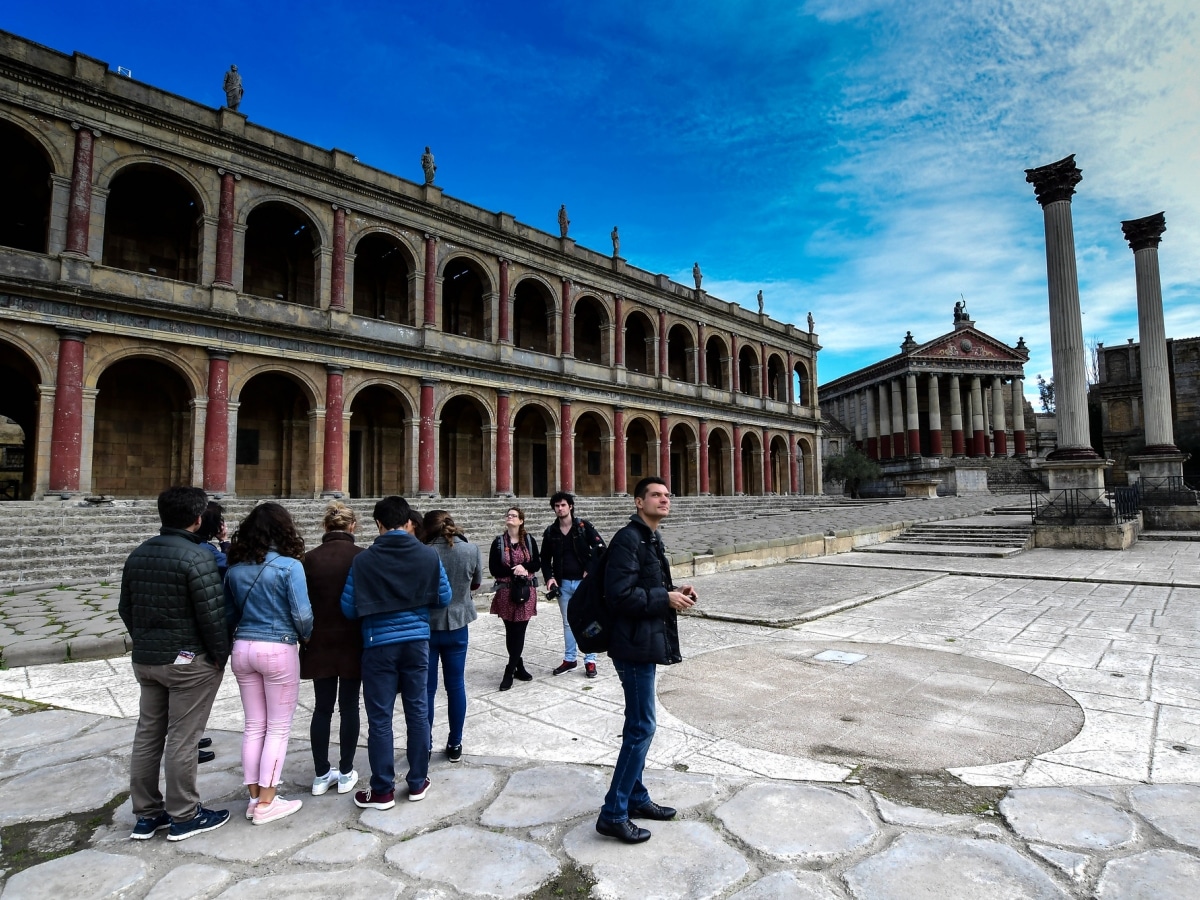
The History of the City of Cinema
Cinecittà’s glorious beginnings
Back in 1937, when Italy was trying to plant its flag more firmly on the cultural map, Cinecittà was born out of ambition and political design. Mussolini saw film not as entertainment, but as influence—something potent enough to shape public thought. His vision? A studio complex to rival Hollywood. Something vast. Controlled. Italian to the core.
They found the land on Via Tuscolana, just outside Rome—flat, open, easy to build on. Within months, 73 buildings had risen: sound stages, costume departments, editing rooms, even a film lab. From the beginning, Cinecittà was more than a studio. It was a machine.
The first production was *Scipione l’Africano*, a grand historical spectacle that glorified Rome’s imperial past. That set the tone. And yet, what followed wasn’t just state-sponsored cinema. Directors came—Italian and European alike—drawn by the scale, the light, the possibilities.
The Dark Years: World War II
War put the brakes on everything. The studios were bombed heavily. In 1943, German troops took control. Then came the Allies. They turned Cinecittà into something else entirely—a refugee camp. For a while, no cameras rolled.
It wasn’t until the late ’40s that the place stirred back to life. Bit by bit, thanks to state support and a wave of postwar optimism, the cameras returned.
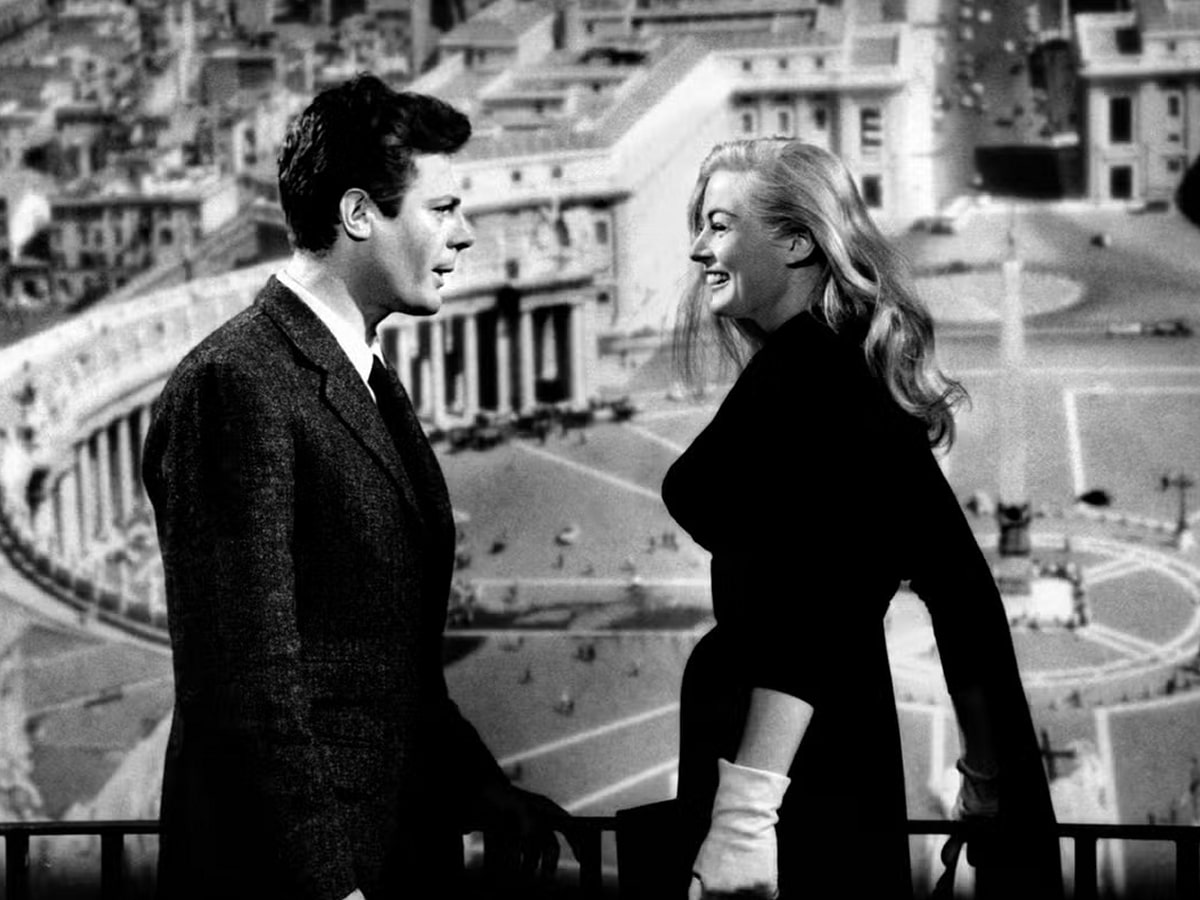
The Golden Age: The 50s and 60s
The postwar recovery sparked a golden run. The 1950s and 60s brought a rush of creativity. Directors like Federico Fellini, Luchino Visconti and Michelangelo Antonioni weren’t just making films—they were shaping what cinema could be.
Cinecittà became the home of Italian neorealism. Films like *Rome, Open City* (1945) and *The Bicycle Thief* (1948) broke from studio gloss. They told the truth—or tried to. Raw streets. Real faces. And yet, just across the lot, Hollywood was busy recreating Rome on a grander scale.
Blockbusters arrived. American producers brought money, scale, and stars. The studio’s vast lots transformed into ancient cities and mythic battlefields. Among the standouts:
- Ben-Hur (1959), its chariot race still unmatched in scale.
- Cleopatra (1963), with Taylor and Burton tangled in its grandeur.
- Quo Vadis (1951), filmed with an army of extras and golden lighting.
Fellini stayed close. Cinecittà became his personal canvas. He shot *La Dolce Vita*, then *8½*—films that felt at once surreal and grounded, full of memory and dreams. He didn’t just use the studios. He reimagined them.
Crisis period and modernization
Things slowed after that. Hollywood pulled back. Budgets shrank. The world moved on. Cinecittà struggled.
The 1970s and 80s weren’t easy. A few local productions kept the lights on, but the international allure faded. For a while, the studios felt abandoned—caught between old fame and new uncertainty.
Then came the 1990s. A reinvention of sorts. New investment brought in digital tools, updated stages, and a more modern appeal. Big names returned. *Gangs of New York* (2002), *The Passion of the Christ* (2004)—shot partly within these same walls. It wasn’t the old Cinecittà. But it was alive again.
Cinecittà today: between history and innovation
Now, Cinecittà sits somewhere between memory and movement. Part film studio, part open-air museum. Visitors come to walk the sets—ancient Rome recreated in fiberglass and paint. Permanent exhibitions trace the history, the evolution, the personalities who passed through.
Still, it’s not just nostalgia. Films continue. Series, too. The studios adapt, quietly, without shouting. A scene, a soundstage, a small miracle—still happening behind the gates.
For anyone drawn to the bones of cinema, it’s a place that lingers long after the tour ends.
Guided Tours: Behind the Scenes of the Studios
A visit to Cinecittà in Rome isn’t just a stroll through movie sets—it’s a walk through memory, imagination, and the odd trace of sawdust. These aren’t static displays. The tours lead somewhere deeper. Each space holds echoes—of footsteps, camera rigs, whispered direction. Nothing feels staged, even though everything is.
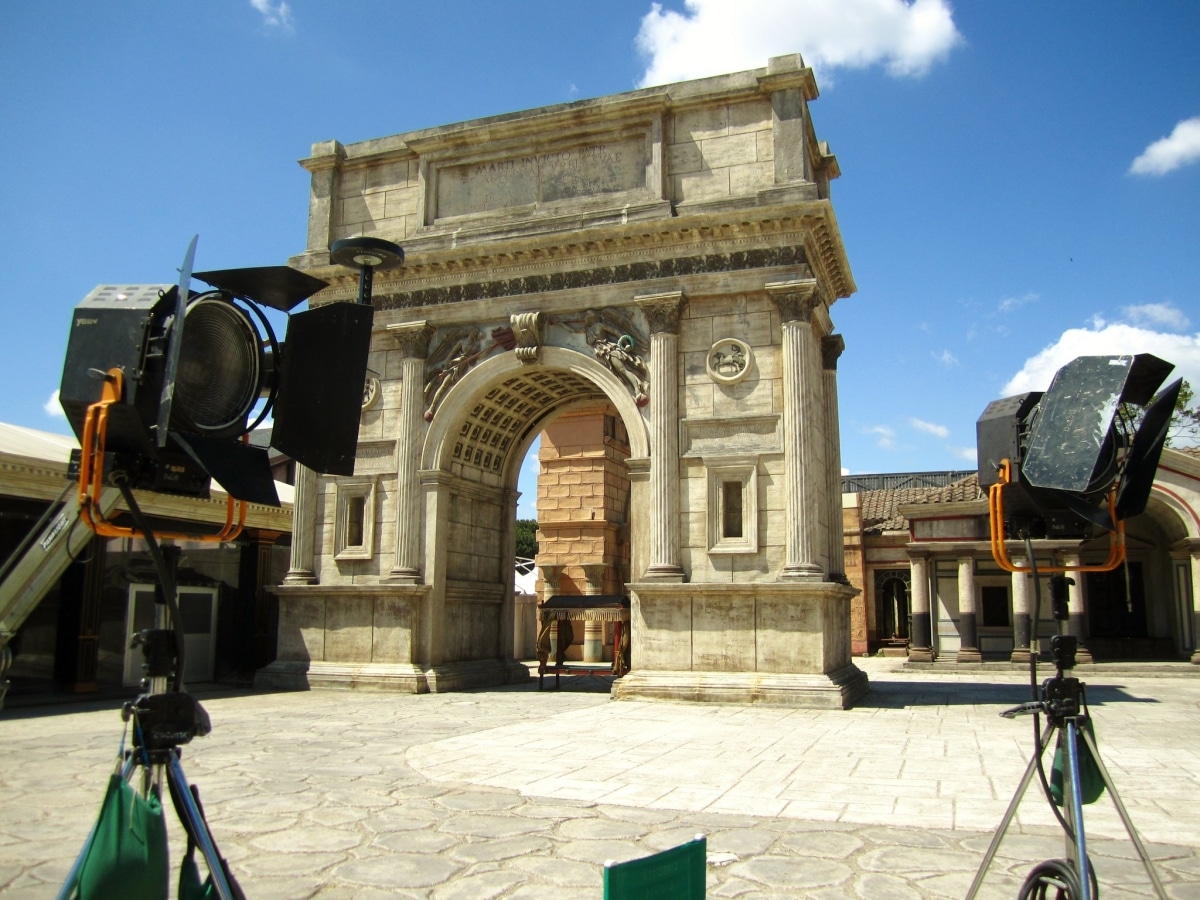
The journey of mythical settings
One moment, it’s ancient Rome. Columns, cracked stone, a market square that once held a crowd of extras shouting on cue. Another turn, and you’re in a medieval alley, the kind where secrets get traded behind shutters. Italian piazzas, desert outposts—they all sit side by side, weathered but strangely alive.
The detail pulls you in. Not quite perfect, but convincing enough to suspend something. You stop, look around, and it clicks. These aren’t sets built for tourists. They were used. Scenes were shot here. Some of them unforgettable.
The secrets of the Cinecittà workshops
Beyond the sets, the real backstage starts. Not always glamorous, but fascinating if you pay attention:
- The costume rooms, quiet except for the hum of sewing machines, where fabric turns into character.
- Special effects spaces—strangely ordinary—where small tricks become grand illusions.
- Editing booths lit by monitors, full of scraps and fragments waiting to be stitched into something whole.
Practical advice
Guided tours come in several languages, each one tailored a little differently—some go broad, others deeper. Whether you’re knee-deep in cinema trivia or just vaguely curious, there’s a version that fits. Best to book ahead. The lines aren’t always long, but the wait can be.
Legendary Sets and Iconic Films
Cinecittà isn’t about replicas—it’s about places that almost convince you they were always there. Walk into one of the standing sets and there’s a moment of hesitation. The fiction doesn’t shout. It just surrounds you, quiet and complete.
Decors that marked history
- Ancient Rome: Monumental, weathered, oddly silent. Used in films like Gladiator, it feels less like a set and more like a memory that’s still holding on.
- Medieval Villages: Narrow alleys, crooked walls, the kind of backdrop where history—or myth—might unfold with little warning.
- Classic Italian Piazzas: Washed stone, shuttered windows, clotheslines overhead. Not picture-perfect, but alive in that messy, everyday way Rome does so well.
The Interactive Experience: Become a Filmmaker for a Day
Cinecittà isn’t all observation. For those who like to get involved—or just feel curious—there’s a chance to step behind the camera, even if only for an afternoon.
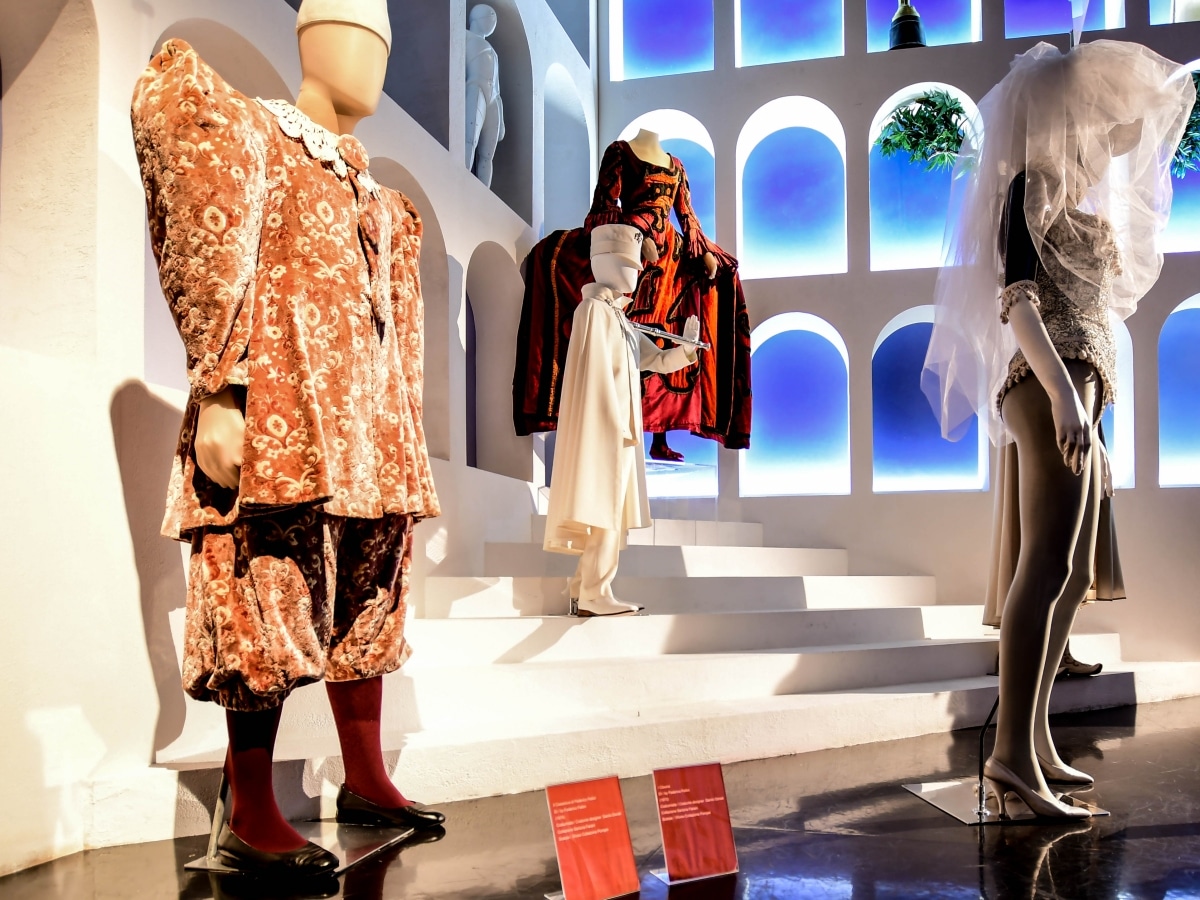
Creative workshops
Ever wanted to try directing, just once? These workshops let visitors film a short scene using actual gear. It’s not a full set, but it’s real enough. Kids take to it quickly. So do adults, sometimes more than expected. Playful, hands-on, and surprisingly absorbing.
Unique exhibitions and collections
There’s more to see indoors. Storyboards, aged and annotated. Props that once sat center screen. Detailed set models that show how much planning goes into illusion. The kind of things you’d miss if no one thought to preserve them.
For families
Parts of the studio are set up with children in mind—interactive zones, light games, short films. It’s not overwhelming, just enough to let the youngest visitors discover cinema without losing focus. Good for breaks. Good for smiles.
Practical Information and Advice for a Successful Visit
Easy access from the center of Rome
Cinecittà is simple to reach. Metro line A drops you right outside—station name: “Cinecittà.” Several buses work too: 502, 503, 552, 654. No need for complicated transfers.
Schedules and prices
- Opening hours: Open daily, except Tuesday. Doors open at 9:30am, close at 6:30pm. Last guided tour starts at 4:30pm. Get there early if you want to take it slow.
- Entrance prices: Tickets run at €15 for adults. €7 for children aged 6–12. Free for kids under 6. Families (2 adults, 2 kids) can go for €35. Want a guided tour? That’s €20 per person.
Restaurants nearby
After the sets, the lights, the exhibits—food. Good options nearby, no need to head back into town.
- Ristorante Cinecittà: Just outside. Classic Italian dishes—simple, filling, familiar. Handmade pasta, thin-crust pizza. The kind of place where lunch turns into coffee without anyone noticing.
- Trattoria Da Nino: More casual. Good for sampling local staples—cacio e pepe, saltimbocca, that sort of thing. Fair prices, no fuss.
- Spaccio Pasta: Quick, friendly, focused on fresh. Vegetarian options, gluten-free too. Efficient but warm.
- Panificio Di Cinecittà: Best for something small. Pastries, cappuccino, and a chance to sit still. Not fancy, just good.
Why visiting Cinecittà in Rome is a must
Spending time at Cinecittà isn’t just another stop on a tourist map. It’s quieter, more layered. Somewhere between memory and illusion. You don’t just see where movies were made—you wander through the space where they were imagined.
From sets that still hold dust from old epics to workshops where magic was stitched and built, every corner leaves a trace. Even if you’ve never held a camera, something resonates.
Whether cinema runs through your veins or you’re just looking for something unexpected in Rome, this place has its own kind of gravity.

